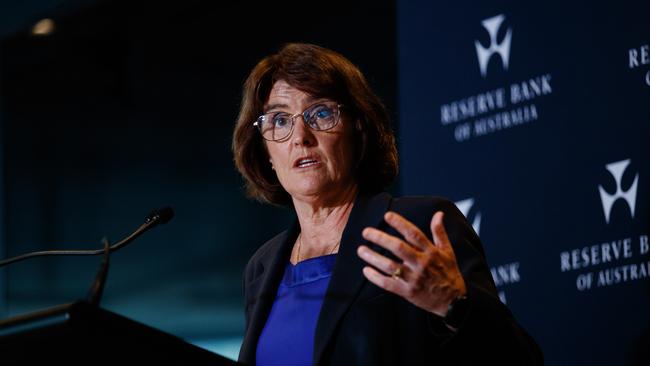
Still, the power of prophecy was not required to see that the US administration’s return to protectionism would be dramatic, signalling an end of the free trade era.
In Australia, money markets have swiftly priced in up to an additional 100 basis points of interest rate cuts this year, fearing that the impact of the new trade regime on key trading partners such as China could quickly ripple through the local economy.
The scope of the US tariffs program – the most extensive in more than a century – should be a wake-up call for the Reserve Bank to respond more directly to mounting external threats to the economy.
Given what was already known about the Trump regime ahead of “Liberation Day”, the RBA arguably should have acted with greater foresight at its policy meeting earlier this week, cutting rates instead of fixating on increasingly irrelevant inflation risks. It was striking to hear RBA governor Michele Bullock admit at her press conference that the policy meeting didn’t include an explicit discussion about the merits of cutting rates.
Now, there is a long and uncertain seven-week wait before the RBA board reconvenes to consider the official cash rate, which remains restrictive at 4.1 per cent.
Those weeks could feel interminable as individual countries announce retaliatory measures against the US, while currency and stockmarkets tremble amid growing uncertainty.
Any defiance by foreign leaders in response to US tariffs would almost certainly be met with forceful countermeasures by the Oval Office, further escalating diplomatic tensions and eroding confidence.
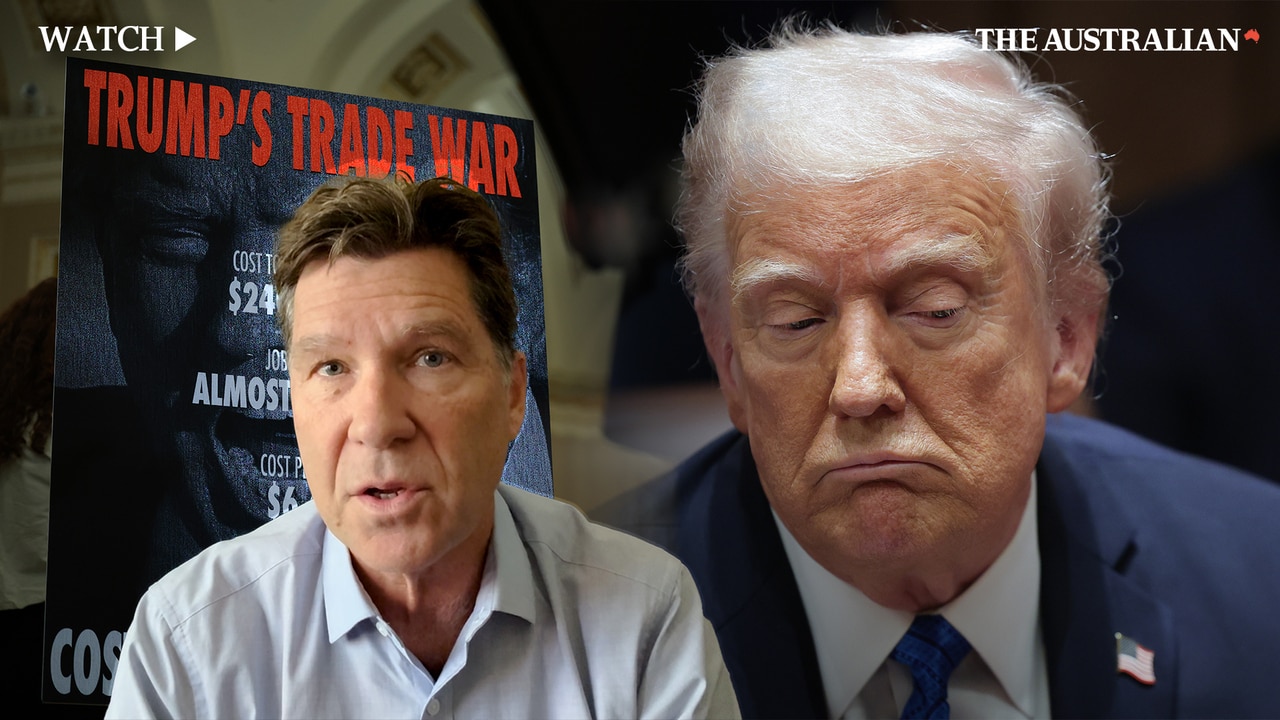
For some time now, it’s been evident that the RBA needs to move beyond its outdated narrative about stubborn inflation and fully grasp the challenges ahead.
The RBA’s economic models will now be factoring in the reality that US tariffs on China have surged to 54 per cent, and flashing warning signs about the potential for flagging demand for Australia’s commodity exports in Asia.
But the modelling, which the RBA relies on, will only capture part of the story. The bigger threat lies in the intangibles.
Business and consumer confidence could take a severe hit over coming weeks as stockmarkets fall. The hit through wealth effects could dampen spending, hiring and investment, sapping momentum from the economy.
The relentless stream of media headlines about heated exchanges between world leaders will also take a toll.
The White House, which has expressed interest in acquiring Greenland and controlling the Panama Canal, and has not hesitated to offend its closest strategic ally, Canada, appears prepared to apply the same aggressive diplomatic approach globally.
Saul Eslake, a former chief economist at Bank of America Merrill Lynch, described the imposition of tariffs on Australia as a “conspicuously unfriendly act”.
Eslake, known for his measured assessments of economic shifts, has become animated in recent weeks as the world economic order comes under threat.
Australia was one of very few countries with which the US runs a trade surplus while also providing critical strategic value by hosting key military and intelligence facilities, he said.
“Trump’s America is clearly no friend of Australia, and the sooner we wake up to that the better,” Eslake said. “Ordinary Australians should think twice about buying American-made products, or taking holidays in the US.”
His pointed comments offer a glimpse into what could become the prevailing sentiment – not just in Australia, but across all countries affected by Washington’s sweeping trade policies.
With both the Australian and global growth outlooks set to dim, the RBA must become part of the response sooner rather than later.
The Wall Street Journal



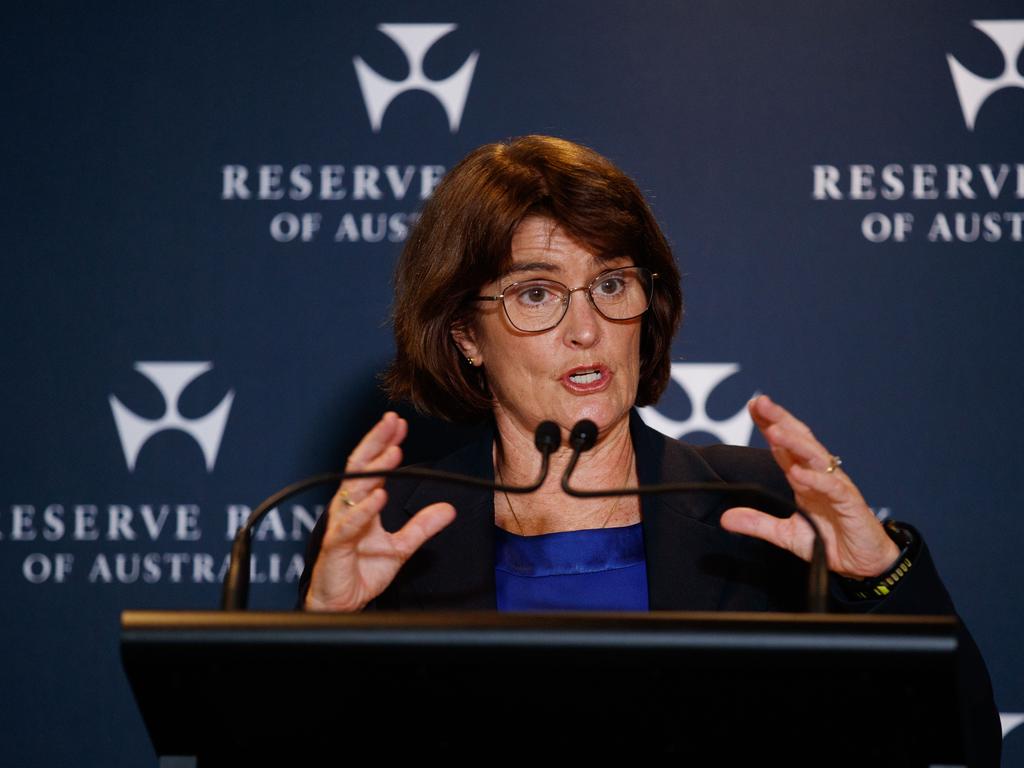
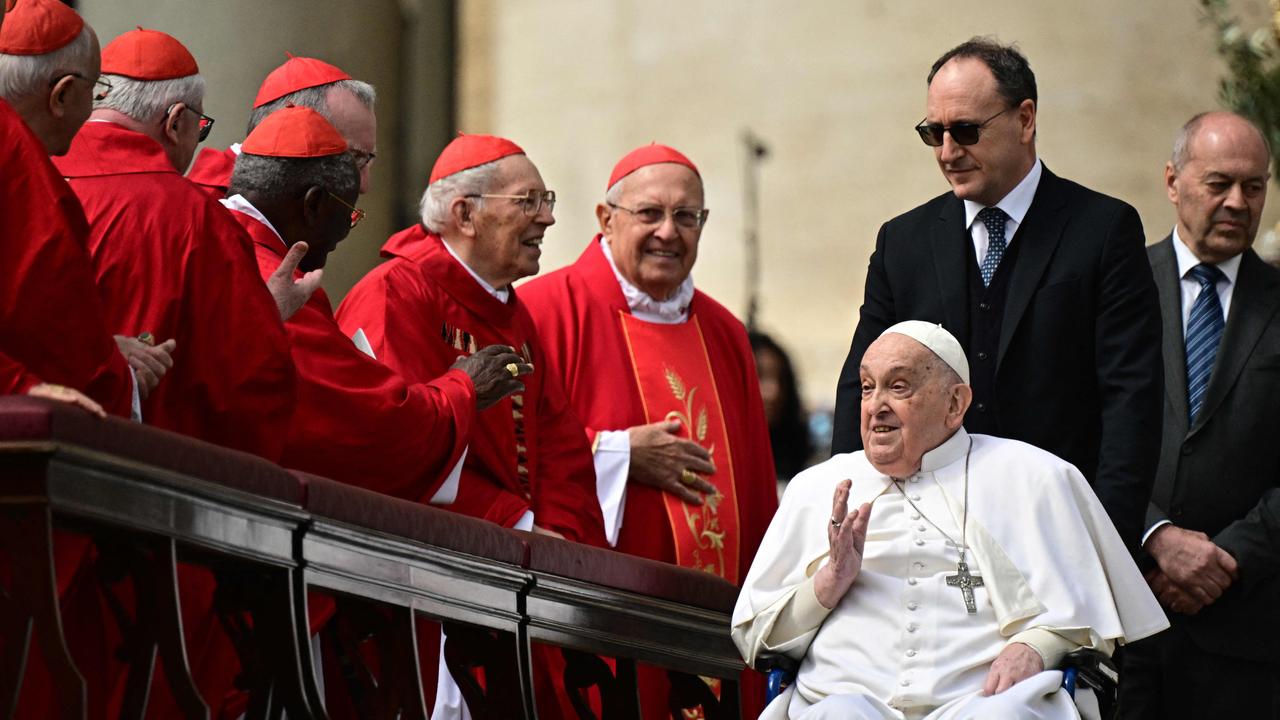
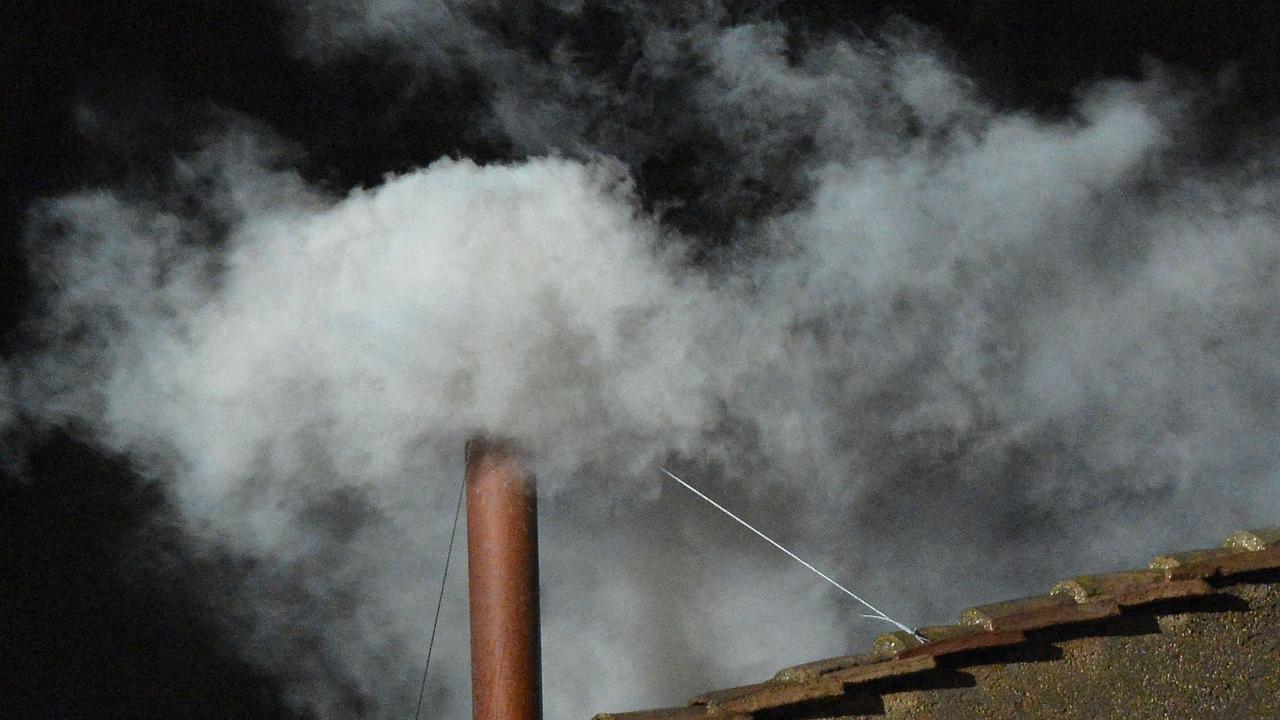
The Trump White House’s tariff regime is larger and uglier than most market economists expected, with risks to global economic growth skewing violently downward as a result.